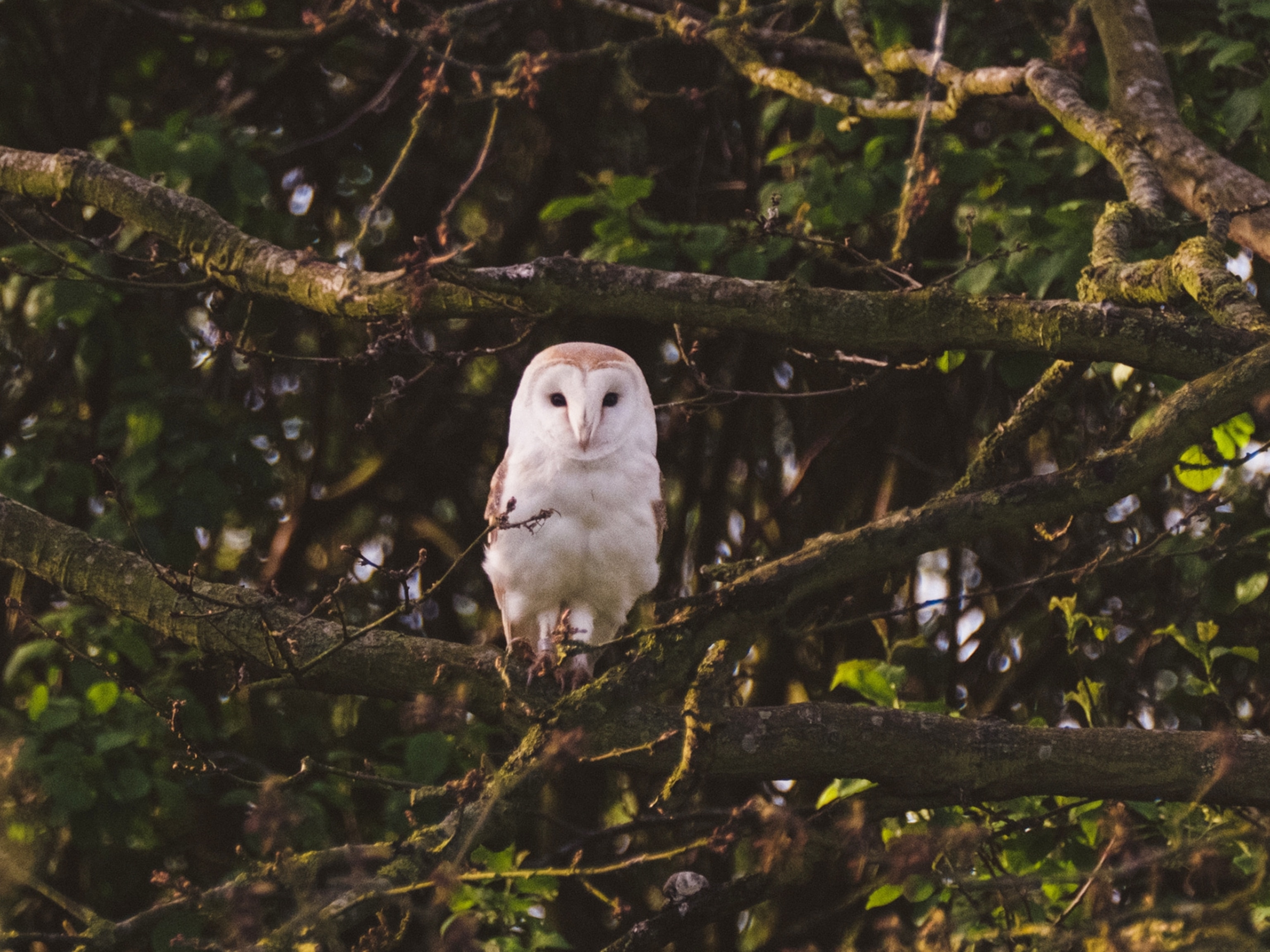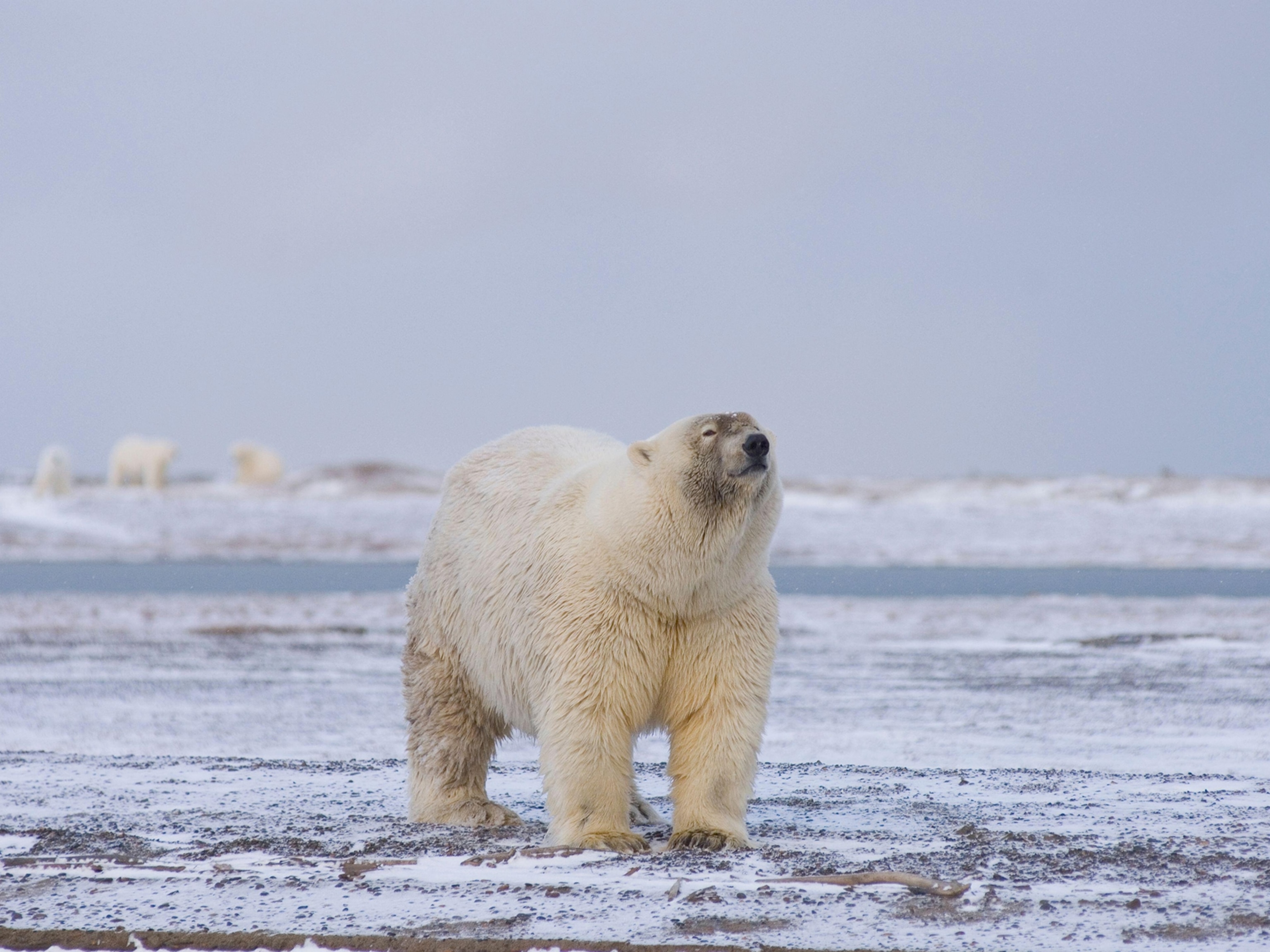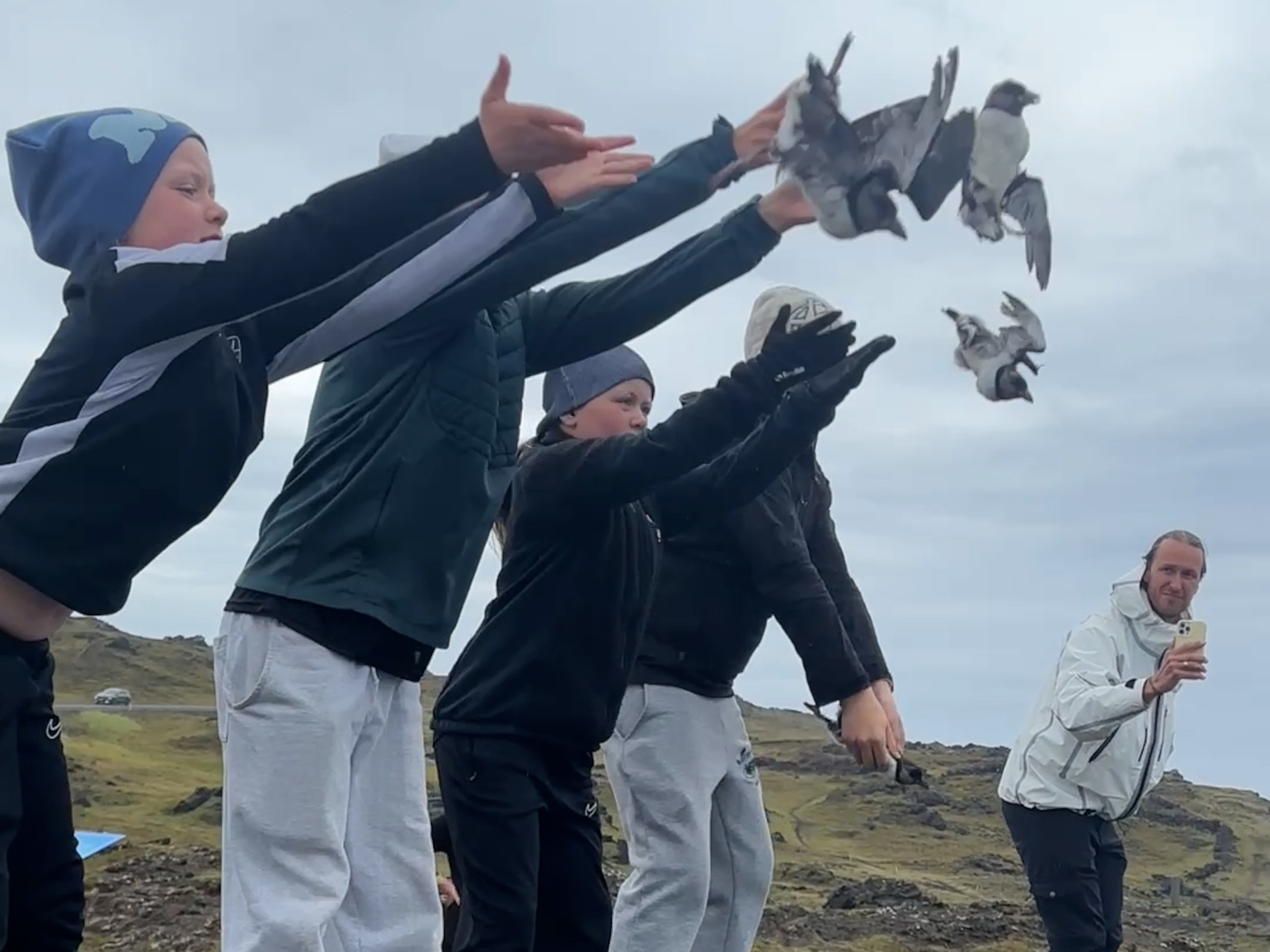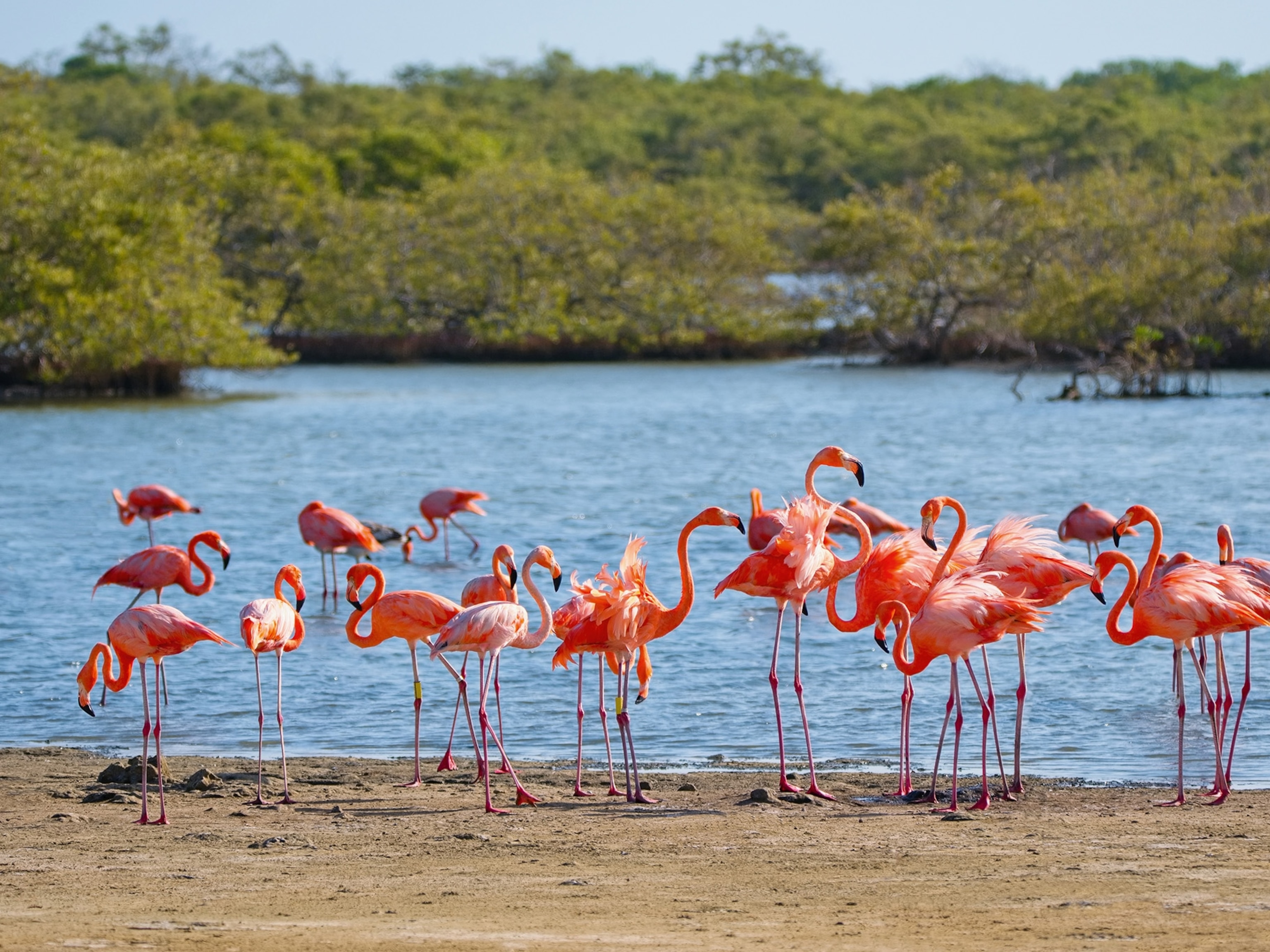
Albatross's Effortless Flight Decoded—May Influence Future Planes
Birds can glide thousands of miles without flapping.
Airplane designers are getting new ideas from the albatross, long considered a master of efficient flight.
Through a method called dynamic soaring, the bird—with a wingspan of up to 12 feet (3.7 meters)—can glide thousands of miles without flapping.
Now, in a study that mixes biology with aeronautical engineering, researchers have come closer to figuring out how the birds ride the currents. And their findings may be used to innovate aircraft of the future.
(Related: "Albatrosses Fly Around World After Mating, Tags Reveal.")
German aerospace engineer Johannes Traugott and colleagues charted the albatross's nuanced flight pattern.
The bird flies close to the surface, they found, then turns suddenly into the wind to gain altitude. Once reaching nearly 50 feet (15 meters) high, the albatross turns leeward—being pushed downwind—and glides effortlessly until it's time to climb again.
The albatross has a special tendon in each shoulder that allows the bird to lock its wings in place—a quality it shares with fixed-wing aircraft. Researchers see the similarity as far more than just coincidental.
"There are applications here for aircraft that need to stay in the air as long as possible, for extended flight where your objective is simply to stay airborne for as long as you can." said Traugott, of the Technical University of Munich.
It might be hard to imagine a commercial airliner that flies like an albatross, staying close to the ocean surface and making quick turns and sharp climbs. A more immediate application of albatross efficiency might be for drones, or unmanned vehicles, that need to be constantly airborne to receive radio or telemetry signals.
(Related video: "Albatross vs. Tiger Shark.")
Biomimicry
The idea of applying lessons from evolution to engineering is known as biomimicry, or biomimetics.
Janine Benyus, president of the Biomimicry 3.8 institute—the number refers to the amount of years, in billions, that life has evolved on the planet—thinks the albatross's real talent is its ability to sense the tiniest changes in air pressure and wind direction.
"In order to do something like that, we would need to have incredibly sensitive sensors on our future planes," said Benyus, author of Biomimicry: Innovation Inspired by Nature.
(See biomimetics pictures.)
Industrial Evolution
Airplane designers have already taken lessons from birds. (Related: "Quieter Aircraft to Take Cues From Birds, NASA Expert Says.")
In 2009 engineers at Stanford's Aircraft Aerodynamics and Design Group discovered that planes flying in a V-formation, as many bird species do, can harness aerodynamics and consume as much as 15 percent less fuel.
Boeing, the powerhouse plane manufacturer that pieces together more than 600 passenger vehicles each year, has a team that studies bird evolution. The researchers look for ways to apply natural lessons to airplane design—for example, by redesigning wings or developing more sensitive wind sensors—in hopes of making future air travel cheaper, cleaner, or faster.
Earlier this year, Airbus—the France-based manufacturer of the A380, the world's largest passenger airliner—revealed its vision for the future, adapted freely from the animal kingdom.
To maximize efficiency, the company said, tomorrow's planes will be flatter and engineered to mimic the bone structures of the most efficient birds. That's not all. Toss in wingtips like an eagle's—which curl slightly, adding lift—and internal upholstery like a lotus leaf, which repels water and washes away toxins, making the fabric easier to keep clean.
And to make the entire plane glide with minimal friction: exterior paint as smooth as sharkskin.
More: See pictures of five future technologies for passenger flight >>





